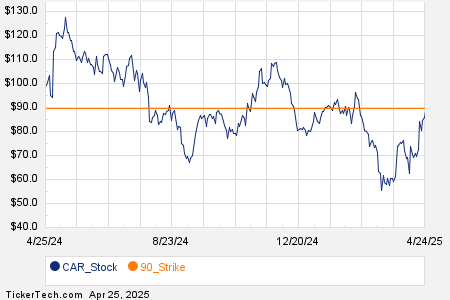Record Social Security Benefits Set to Increase in 2025
Wealthy Social Security recipients will see their benefits rise to $4,873 monthly in 2024, which totals more than $58,000 annually. Households with multiple benefit claimants may receive even more.
This already substantial amount will receive a boost as Social Security benefits are set to increase for all recipients in 2025.

Image source: Getty Images.
Next year will witness the highest payouts in Social Security history, although only a few will qualify for maximum benefits.
Understanding Social Security Payment Calculations
The Social Security Administration (SSA) adjusts its maximum benefit each year based on its benefit formula. The calculation starts with the Average Indexed Monthly Earnings (AIME), which reflects your highest-earning 35 years of income, adjusted for inflation. If you have worked less than 35 years, years without earnings count as zero.
It’s important to note that not all income is included in the AIME calculation. High earners may face limitations since there’s a cap on income subject to Social Security taxes. In 2024, this cap is set at $168,600, a decrease from previous years. Earnings beyond this limit do not raise Social Security benefits.
Typically, AIME increases over time, which leads to higher maximum benefits. The next step is calculating the Primary Insurance Amount (PIA) using a structured formula:
- Multiply the first $1,174 of your AIME by 90%.
- Multiply any amount over $1,174 up to $7,078 of your AIME by 32%.
- Multiply any amount exceeding $7,078 by 15%.
- Sum the results from the three steps and then round down to the nearest $0.10.
This formula remains consistent each year, although the bend points—$1,174 and $7,078 in this case—are adjusted annually. However, the SSA uses the bend points from the year you turn 60 to calculate your benefit, no matter when you apply for it.
Another crucial factor affects your PIA: adjustments based on your application age relative to your Full Retirement Age (FRA), which ranges from 66 to 67 based on your birth year. Claiming benefits before reaching FRA results in lower payments, while delaying past your FRA increases your monthly checks. The acceleration in payment growth is outlined in the following table:
|
Checks Grow by: |
Full Retirement Age (FRA) of 66 |
Full Retirement Age (FRA) of 67 |
|---|---|---|
|
5/12 of 1% per month (5% per year) |
From 62 to 63 |
From 62 to 64 |
|
5/9 of 1% per month (6.67% per year) |
From 63 to 66 |
From 64 to 67 |
|
2/3 of 1% per month (8% per year) |
From 66 to 70 |
From 67 to 70 |
Data source: Social Security Administration.
This entire process determines your monthly Social Security check, which also helps establish the maximum benefit for the year.
Who Qualifies for Maximum Social Security Benefits in 2025
The method described above outlines three requirements for claiming the maximum Social Security benefit in 2025:
- Work for a minimum of 35 years before applying for benefits, to ensure no zero-income years impact your calculation.
- Earn the maximum income subject to Social Security payroll taxes throughout those 35 years.
- Apply for benefits at age 70 or later.
Few individuals manage to meet all these criteria, typically due to insufficient income during their career. However, those who do can expect to receive a record $5,108 per month in 2025, totaling $61,296 for the year.
This figure significantly exceeds the average benefit of $1,920 that retirees received in August 2024, which is projected to increase to $1,968 after the 2.5% cost-of-living adjustment (COLA) is applied.
Your benefit for 2025 may not align with the maximum or the average figures. To estimate your future benefit, consider adding 2.5% to your current check. Alternatively, the SSA will issue a personalized COLA notice in December. For those with a my Social Security account, this notice can also be accessed starting early December in the Message Center.
Uncovering Hidden Social Security Benefits for Retirees
Many retirees may be unaware of beneficial strategies that could enhance their retirement income. Lesser-known “Social Security secrets” could lead to an extra $22,924 annually. Learning how to maximize Social Security benefits can provide retirees with greater confidence and peace of mind. Click here to explore these strategies further.
View the “Social Security secrets” »
The Motley Fool has a disclosure policy.
The views and opinions expressed herein are the views and opinions of the author and do not necessarily reflect those of Nasdaq, Inc.



